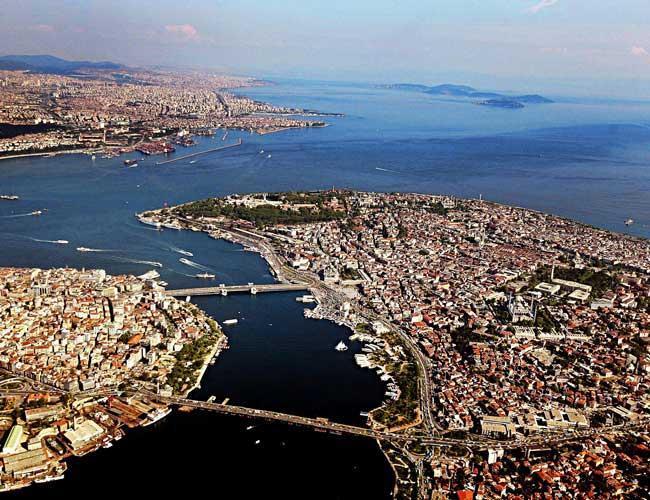Istanbul’s history under earthquake threat: Italian expert
ISTANBUL

Historic structures in Istanbul, a city riven by dangerous seismic fault-lines, are at risk due to the long-awaited earthquake and protective measures must be taken urgently, Italian expert Alessando Zanini has said.
“We have no time to lose,” said Zanini, the director of the Assorestauro Association, speaking at an international symposium held in cooperation with the General Directorate of Foundations at Istanbul Commerce University on Oct. 5.
“Istanbul is a city that is home to Roman, Byzantine and Ottoman heritage. But today, high levels of seismic activity are observed here. So we need to formualate and complete [protection] projects urgently,” he added.
Referring to recent earthquakes that have occurred in Italy, Zanini said they show the strength of historic Italian structures, which have been able to withstand strong quakes.
On Aug. 15, the Istanbul office of the Union of Architects and Engineers of Turkey (TMMOB) warned that Turkey is not ready for next big earthquake, stating that seven millions dwellings in the country, including two million in Istanbul, remain “unsafe.”
“There are 20 million structures in our country. Seven million of these are not safe. In a possible Istanbul earthquake, a city with a population of up to 18 million will have to squeeze into 20 hectares of safe land. A city with a population of 18 million is therefore almost resigning itself to its destiny as it waits for the next earthquake,” TMMOB Istanbul office head Nusret Suna said in a written statement.
The statement was issued on the 18th anniversary of the 1999 Marmara earthquake, the worst seismic disaster in Turkey’s recent history which killed over 17,000 people.
The 1999 quake had a magnitude of 7.5 and hit Turkey’s most industrial and densely populated region, killing 17,480 people. Over 285,000 buildings were damaged and 600,000 people were left homeless after the 45-second quake, which left social and economic wounds that took years to heal.
















